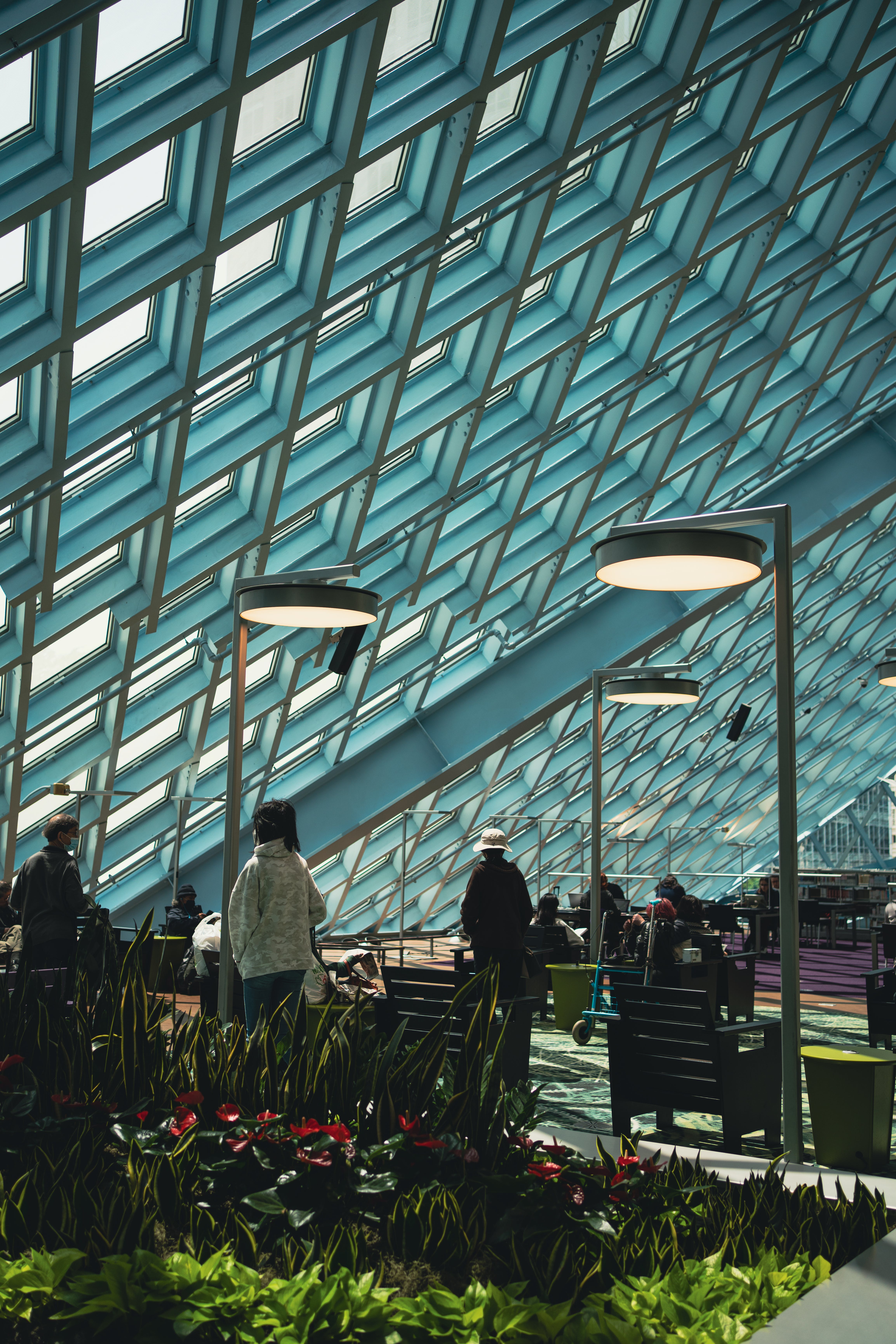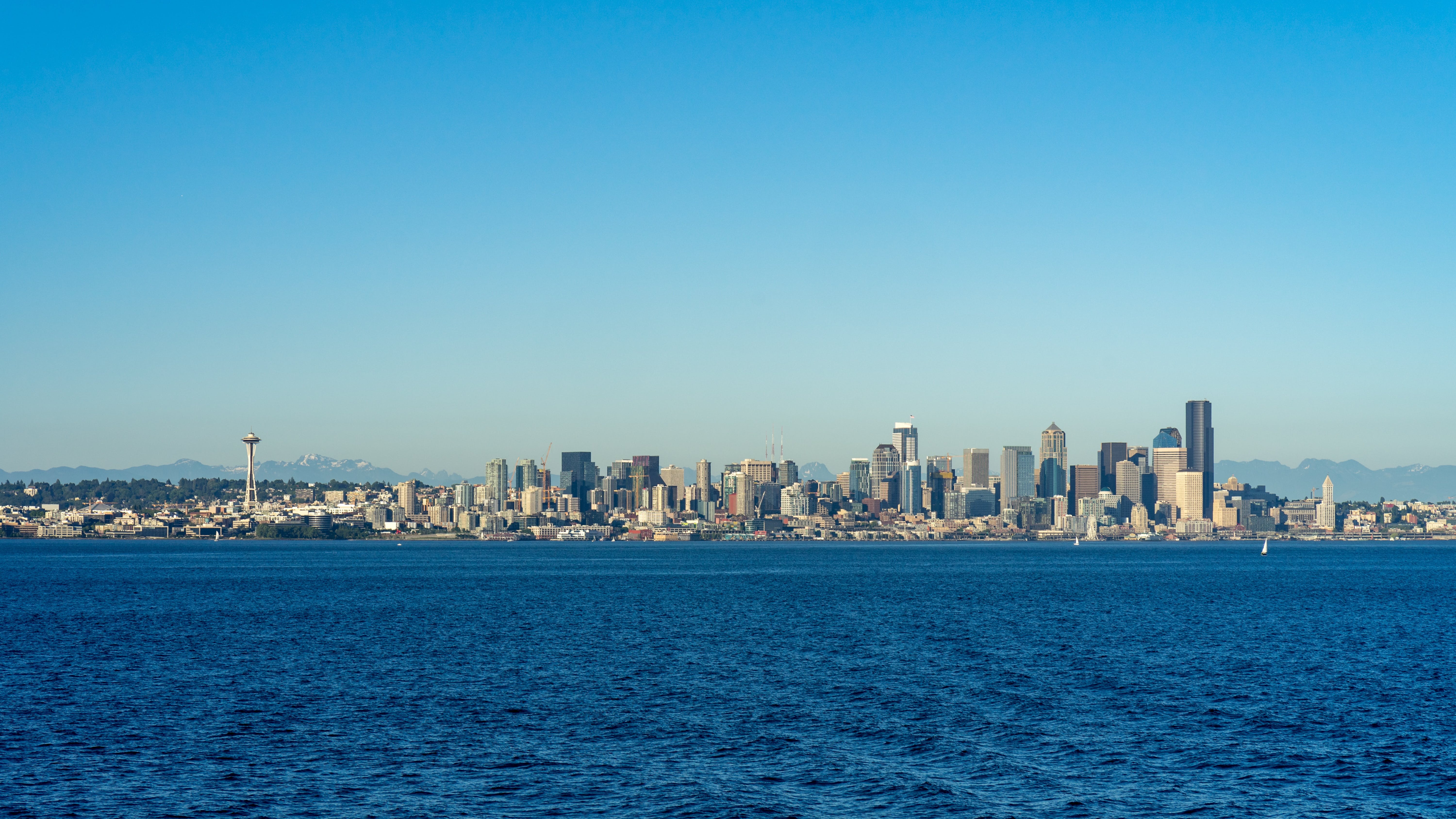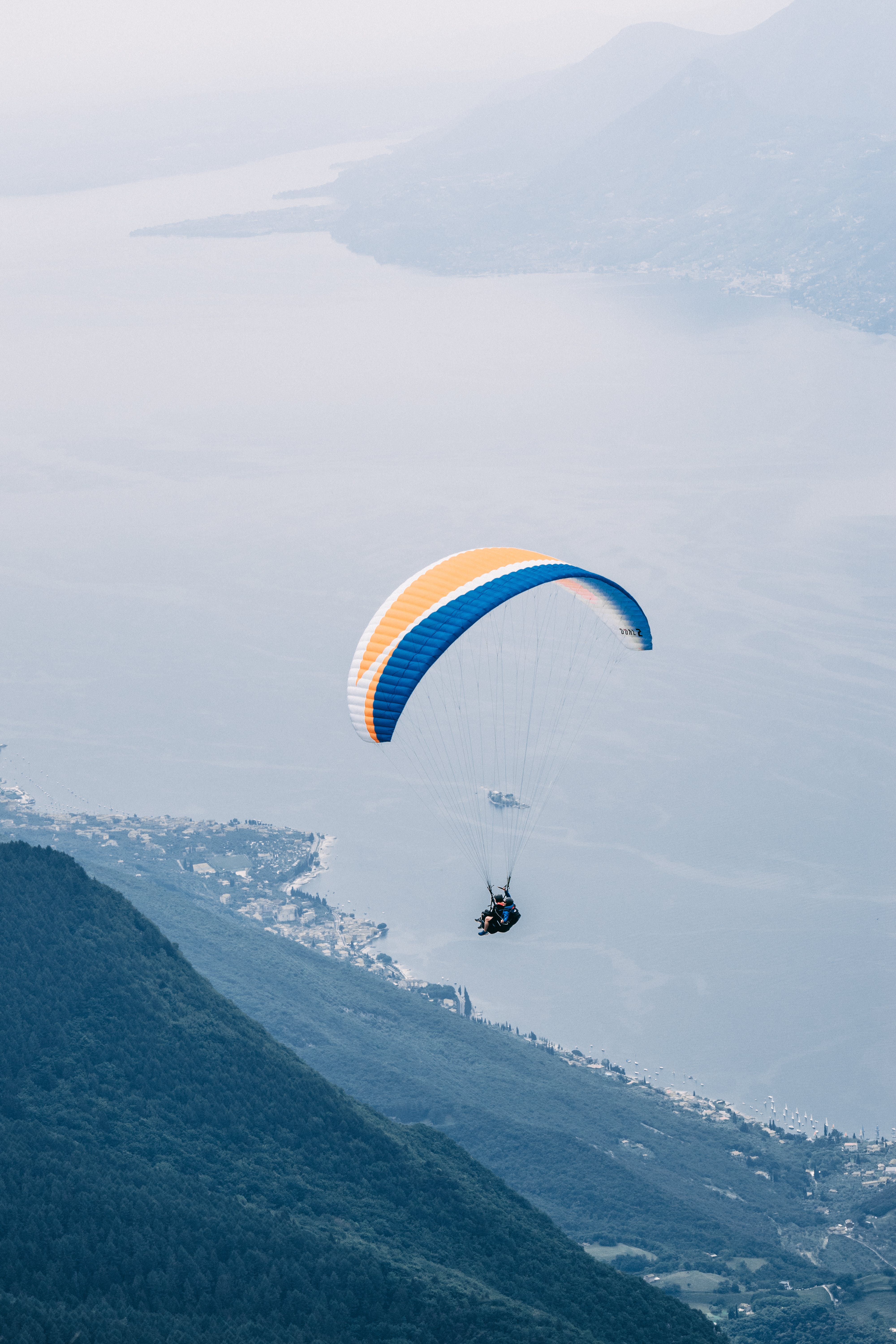Embark on a journey through the seasonal climate variations of Kirkland, WA. As a city characterized by a mix of rain and shine, understanding Kirkland’s unique weather patterns is essential for both residents and visitors alike. Kirkland wa weather is a symphony of shifting temperaments, with each season composing its own distinct piece. Spring in Kirkland brings with it a gentle warming trend, as the cherry blossoms begin to bloom and the days grow longer. Summer arrives with moderate warmth, rarely seeing the mercury rise above 90 degrees Fahrenheit, creating an ideal climate for outdoor adventures in the city’s picturesque parks and waterfronts.
As autumn rolls in, a kaleidoscope of fall colors emerges, along with cooler temperatures and the occasional gust of wind. It’s the perfect time for exploring Kirkland’s vibrant neighborhoods or enjoying a scenic hike. With the transition into winter, residents prepare for cooler days, with average temperatures hovering in the 40s, and the possibility of snowfall adding a magical touch to the holiday season. However, snow in Kirkland is often a rare and fleeting guest, making each occurrence a special event to be cherished.
Whether planning a visit or simply curious about the local climate, Kirkland wa weather offers a dynamic experience with each season presenting its own charms and challenges. To stay informed about the latest weather forecasts and to delve deeper into the unique climatic nuances of Kirkland, Visit our website to learn more! Click here.
Understanding Kirkland’s Precipitation Trends

Grasping Kirkland’s precipitation trends is key for anyone looking to navigate the city’s weather successfully. Known for its wet climate, especially during the fall and winter months, Kirkland experiences the bulk of its annual rainfall between October and March. This period often brings a steady drizzle, punctuated by occasional downpours, contributing to the lush, green landscape that the Pacific Northwest is famous for.
Conversely, the summer months in Kirkland are markedly drier, with July and August heralding a respite from the frequent rains. This dry spell allows residents and visitors to enjoy the myriad of outdoor activities that Kirkland has to offer, from boating on Lake Washington to strolling through the downtown arts scene. Despite this, it’s not uncommon for the odd summer shower to surprise the unwary, so keeping an eye on the local kirkland wa weather forecast is always a good idea.
Spring and autumn present a transitional precipitation pattern, with the weather gradually shifting from the dry, sunny days of summer to the moister conditions of winter, and vice versa. During these seasons, rain can come in the form of light showers or heavy rainfall, making weather-awareness a must for those planning activities that depend on dry conditions. Understanding these precipitation trends allows for better planning and ensures that, rain or shine, the experience in Kirkland remains an enriching one.
Winds and Water: Kirkland’s Weather Influencers
In the dynamic climate of Kirkland, the interplay between winds and water plays a pivotal role in shaping the local weather patterns. The city’s proximity to large bodies of water, including Lake Washington and the Puget Sound, significantly influences its climate through the moderating effects of these waters. These water bodies help to maintain more consistent temperatures year-round, warding off the extremes that can occur further inland.
Moreover, the prevailing winds from the Pacific Ocean bring moisture-laden air that contributes to Kirkland’s reputation for dampness, especially during the winter months. These winds, known as the Pineapple Express, can cause significant rainfall when they collide with the cooler air mass over land, leading to the characteristic drizzly days.
During the summer, Kirkland enjoys a more Mediterranean-like climate, with the Pacific high-pressure system yielding longer, sunnier, and drier stretches. However, the occasional marine layer can still sweep in, cooling the air and bringing in morning fog that burns off by the afternoon. For those planning to partake in Kirkland’s outdoor summer concerts or art walks, this means packing a light jacket for the cooler mornings and evenings.
With kirkland wa weather being so closely tied to these natural elements, locals and visitors alike learn to appreciate the unique meteorological dance of winds and water. Acknowledging these influencers not only prepares one for the day-to-day weather changes but also fosters a deeper connection with the idyllic natural surroundings that define Kirkland’s charm.
How Topography Shapes Weather in Kirkland, WA

Topography is another key factor that molds the kirkland wa weather. Nestled between the Cascade Mountains to the east and the Olympic Mountains to the west, Kirkland experiences a rain shadow effect. This phenomenon occurs when mountain ranges block the passage of rain-producing weather systems, which often results in drier conditions for the areas in the shadow of the mountains.
The Cascade Range, in particular, has a significant impact on the amount of precipitation that reaches Kirkland. When moist air from the Pacific Ocean ascends the western slopes of the Cascades, it cools and condenses, leading to rainfall on the western side of the mountains. By the time the air mass descends on the eastern side, it has lost much of its moisture, creating a drier and often sunnier environment for the Eastside communities, including Kirkland.
Additionally, the varied elevation across the city can lead to microclimates, where weather conditions may vary in different neighborhoods. For instance, higher elevations may experience more snowfall during the winter months, while lower areas might see rain or a wintry mix. This elevation-induced variability adds a layer of complexity to local weather forecasting and is a crucial element for residents to consider when planning their daily activities.
Understanding how the topography around Kirkland shapes its weather patterns is essential for gardeners, outdoor enthusiasts, and anyone who enjoys the city’s many parks and waterfront activities. The interplay of mountains, air flow, and elevation ensures that Kirkland’s weather remains a topic of interest and conversation among its community members.
Forecasting Kirkland Weather: Tools and Techniques

Weather forecasting in Kirkland harnesses an array of sophisticated tools and techniques to deliver accurate predictions. Meteorologists utilize satellite imagery and radar data to observe cloud patterns, precipitation, and storm development in real-time. These high-tech instruments are essential in understanding the broader weather systems that influence Kirkland wa weather.
Ground-based equipment, such as weather stations and anemometers, provide additional local data on temperature, humidity, wind speed, and air pressure. This localized information is crucial for fine-tuning forecasts and issuing timely weather alerts that are particularly relevant for Kirkland’s residents.
Computer models play a pivotal role in forecasting as well. These models simulate the Earth’s atmosphere using mathematical equations and allow meteorologists to predict weather patterns days or even weeks in advance. By inputting data from both global and local sources, forecasters can generate multiple scenarios, known as ensemble forecasting, to evaluate a range of possible weather outcomes.
The expertise of meteorologists, who interpret data and consider the unique topographical influences of the region, is indispensable. Their knowledge helps to refine predictions and provide context, such as understanding how the Puget Sound convergence zone could impact weather in Kirkland. They also consider historical weather data, which helps to identify trends and seasonal patterns that are characteristic of the area.
For those living in or visiting Kirkland, staying informed with the latest forecasts is key to planning activities, whether it’s a picnic at Marina Park or a hike in the nearby natural reserves. As weather forecasting continues to evolve with technological advances, residents can look forward to even more reliable and precise weather predictions.
Preparing for Kirkland’s Weather: Tips and Advice

As you plan your adventures in Kirkland, it’s wise to prepare for the local weather to ensure a pleasant experience. To start, always check the latest Kirkland wa weather forecast before heading out. Sudden changes can occur, so it’s beneficial to have a flexible plan and pack layers to accommodate shifts in temperature and precipitation.
During the rainy months, carrying waterproof gear is a must. A sturdy umbrella, a breathable rain jacket, and water-resistant footwear will keep you comfortable while exploring the city’s beautiful parks and waterfront. In contrast, when sunny days prevail, sun protection becomes crucial. Apply sunscreen, wear a hat, and stay hydrated to enjoy Kirkland’s outdoor attractions safely.
For those who enjoy boating or water sports on Lake Washington, be mindful of wind forecasts and lake conditions. Safety on the water is paramount, and being weather-wise can prevent unexpected situations. Additionally, winter brings its own set of challenges, such as frosty mornings and the occasional snowfall. Ensure your vehicle is equipped with winter tires if you plan to drive, and keep an emergency kit on hand.
Residents and visitors alike should be aware of local resources for weather alerts and community advisories. Signing up for notifications can provide you with timely updates on severe weather events or advisories that could affect your plans.
By following these tips and staying informed, you can embrace all that Kirkland has to offer, irrespective of the weather. And for those eager to delve deeper into the city’s seasonal dynamics or need help planning their next excursion, Visit our website to learn more! Click here.





0 Comments